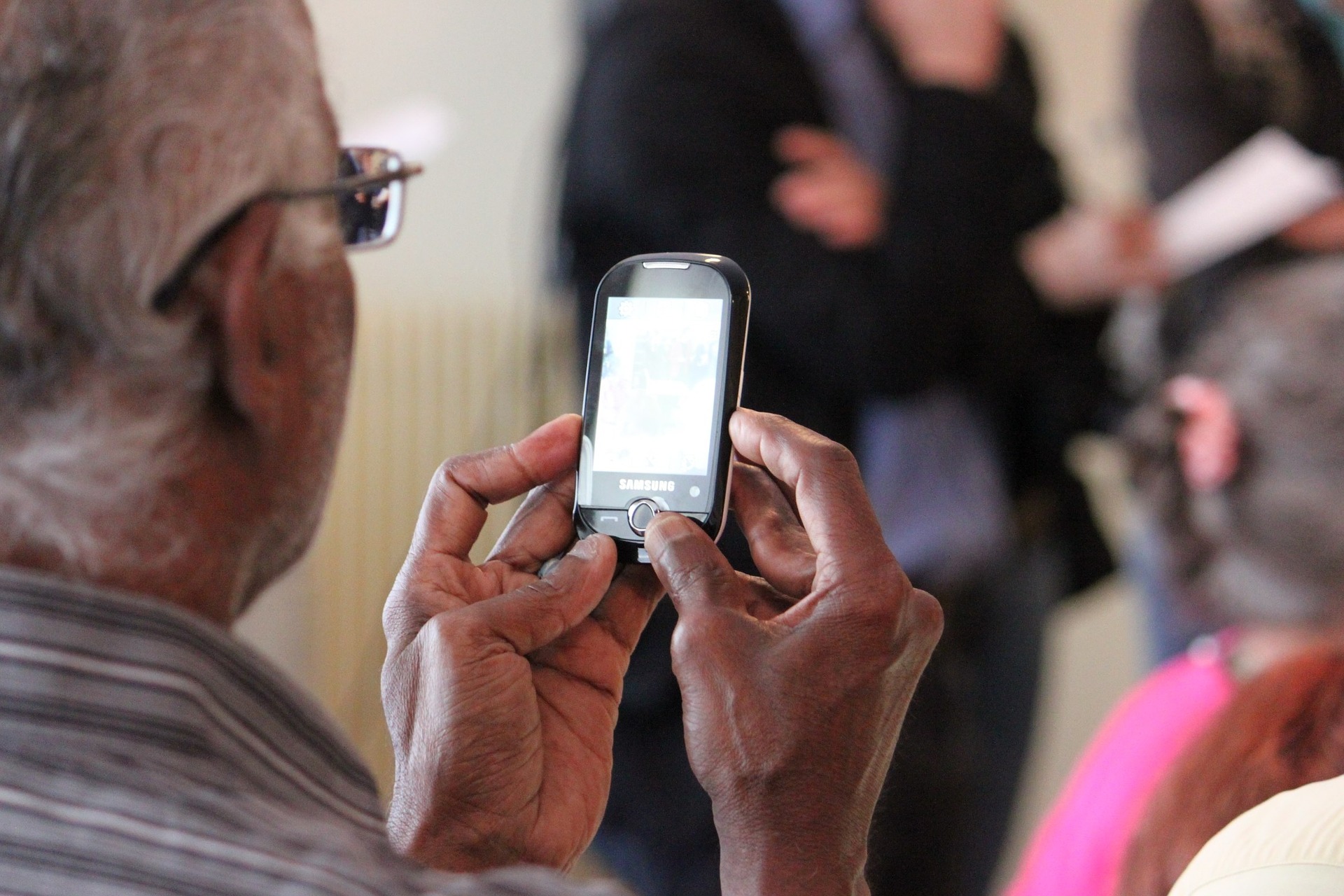Long-distance caregivers have the especially challenging task of ensuring their loved ones’ health and well-being even when they don’t see them in person each day. Unfortunately, consistent phone calls and check-ins with health care providers and neighbors do not paint a complete picture of your loved one’s physical and mental health. Thankfully, technology advancements empower long-distance caregivers to provide better care from afar. We explore some of the technology solutions long-distance caregivers are talking about so you can choose those that will be most helpful for your situation.
1. Face-to-Face Mobile Apps
Seniors use smartphones and tablets more today than ever before. In addition to email and games, face-to-face mobile apps should be loaded onto your loved one’s devices so you can see him when you talk to him. Digital Trends reviewed some of the best face-to-face video chat apps for Android smartphone and iPhone users and found that Facebook Messenger, FaceTime, Google Duo, and Skype are among the best. These apps are the next best thing to talking to your loved one in person.
2. Ohmni Telepresence Robots
But, you don’t have to limit yourself to face-to-face mobile apps for checking in with your loved one, especially if he is in cognitive decline or has difficulty using a smartphone or tablet. Ohmni is a technology solution that delivers a completely different experience from a face-to-face mobile app. In fact, Ohmni is a robot that transforms communication between long-distance caregivers and their loved ones because it makes calling possible at all times, even when video chat would be unreliable. The robot sits in a corner of your loved one’s home and does not require him to answer the call in order for you to check in. Caregivers also can drive Ohmni and look around to make sure your loved one is safe and well.
3. Web-Based Services
If you are concerned about your senior loved one having difficulty getting to the grocery store or walking her dog, you should take advantage of reliable web-based services.
First, you should look into grocery delivery services that are available in your loved one’s area. Web-based grocery delivery services are ideal for loved ones who cannot drive to the grocery store. Options such as Instacart put you in touch with freelance personal shoppers who purchase and deliver groceries from your loved one’s store of choice, and Instacart Express members get grocery delivery at least three times a month and free delivery if the order is over $35. Amazon Prime members who are long-distance caregivers to loved ones in Seattle, northern and southern California, New York City, and Philadelphia prefer Amazon Fresh because it only costs an additional $14.99/month and includes free delivery on orders over $40.
Web-based dog-walking services also help seniors with mobility challenges keep pets they otherwise would be forced to give away or put up for adoption. Studies show that having a dog helps seniors maintain better physical and mental health, but it can be too difficult to keep a dog when the senior cannot walk him and give him the exercise he needs. One option is for long-distance caregivers to hire dog walkers and allow their loved ones to keep their dogs.
4. Ride-Sharing Technology with Work-Around Options
Finally, long-distance caregivers can solve the problem of getting loved ones to appointments with doctors by taking advantage of ride-sharing technology from Uber and Lyft. These companies now offer work-around options for seniors who don’t own smartphones or can’t use apps themselves to arrange for transportation. Third-party companies like GreatCall and RideWith24 provide operator services for Lyft and Uber so seniors can speak to a person and get a ride.
Technology is making long-distance caregiving more manageable for families. Solutions such as face-to-face mobile apps, Ohmni, web-based services, and ride-sharing technology with work-around options make it easier to manage your loved one’s care from afar.

